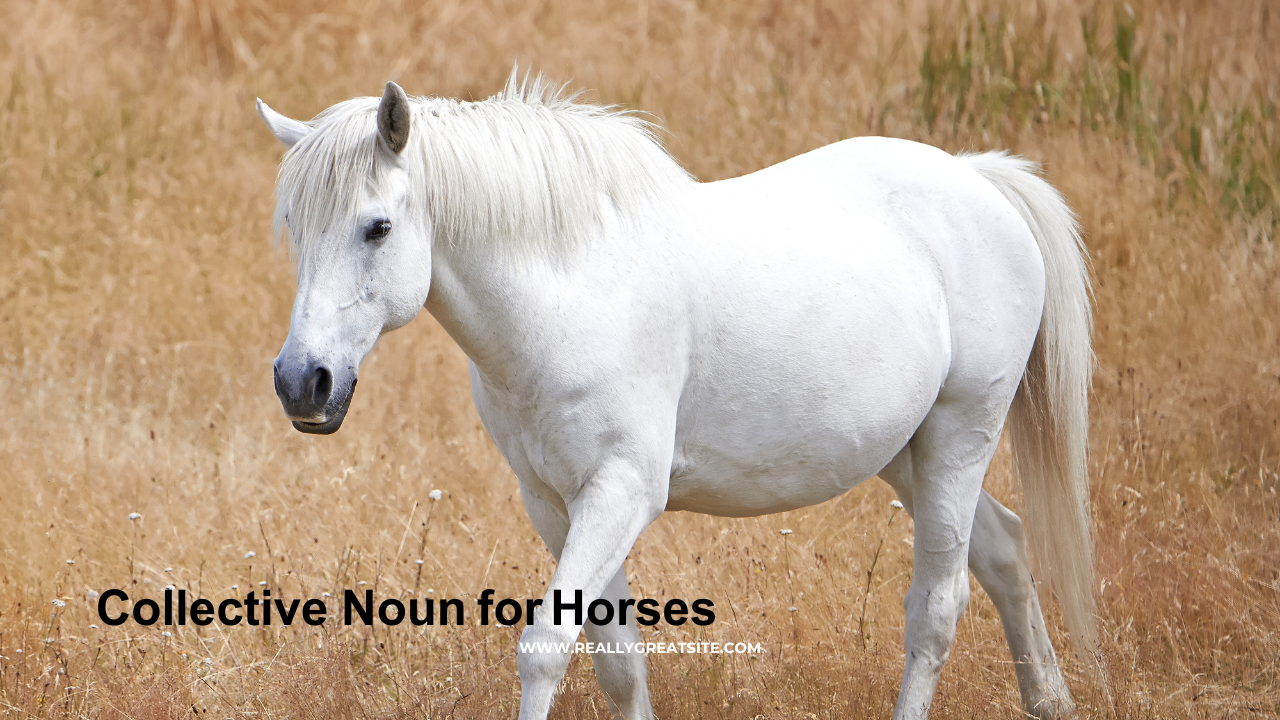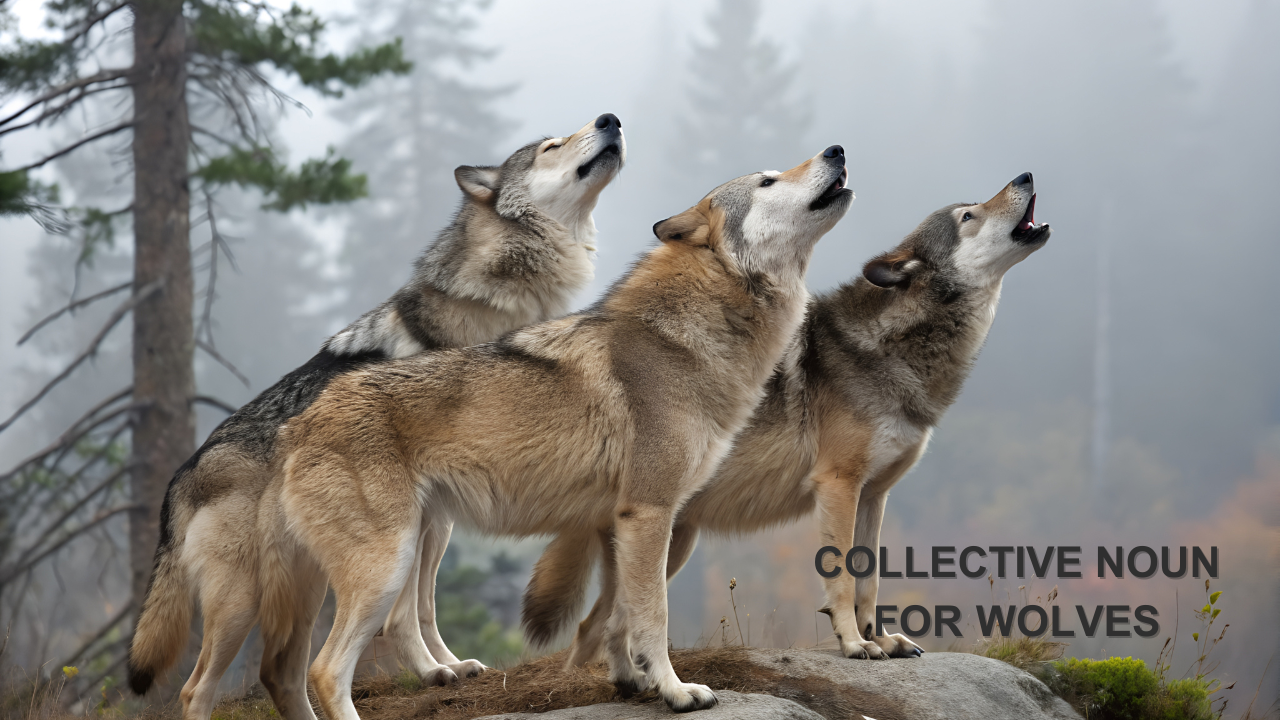What is a group of turtles called? In English, the most accepted collective noun for turtles is a bale. For sea turtles, the term flotilla is sometimes used, evoking the image of several turtles gliding together like a small fleet. Though less common, “nest” or even “turn” may also appear in older or poetic texts. But why is a group of turtles called a bale? The answer lies in history, language evolution, and how people pictured turtles gathering together.
Collective nouns for turtles animals don’t just label a group they paint an image, capture behaviour, and sometimes reflect centuries of language tradition. Let’s explore what the dictionaries say, where these terms come from, and see how turtles compare to other animals like tortoises or crocodiles.
The Accepted Collective Nouns for Turtles
| Animal Group | Collective Noun (Main) | Alternatives / Notes |
|---|---|---|
| Turtles (general) | Bale | Also “nest” or “turn” (rare) |
| Sea turtles | Flotilla | Poetic; used in modern wildlife writing |
| Tortoises | Creep | Refers to their slow movement together |
| Crocodiles | Bask | When sunning; “float” when in water |
The collective noun for turtles in English most widely recognized is still “bale,” found in dictionaries and wildlife guides. The term collective noun for tortoises differs: it’s a “creep,” reflecting the slow, careful way tortoises move in groups. And for reptiles like crocodiles, we get colourful terms like “bask” or “float,” which reflect either sunning or swimming behaviour.
Why Is a Group of Turtles Called a Bale?
The word bale likely comes from Middle English and Old French, where it meant a bundle or large package. Historically, hunters and naturalists grouped animals by how they looked or acted when gathered: turtles resting together on a log looked like a bundled group a bale.
The Book of St. Albans (1486) famously listed hunting terms, though it didn’t list “bale” directly for turtles. Instead, similar patterns like calling a group of hawks a “cast” or herons a “siege” show how language playfully captured animals’ habits.
What About Sea Turtles?
For sea turtles, the collective noun flotilla has become popular in writing and wildlife media. A flotilla means a small fleet of ships, and visually fits sea turtles drifting together through coastal waters. Though “bale” is correct too, “flotilla” sounds more poetic and specific to the sea.
Usage Examples in Context
“A bale of turtles sunned themselves on the muddy riverbank.”
“Divers spotted a flotilla of sea turtles near the reef.”
“The sanctuary recorded three separate nests of turtles this season.”
These real‑world examples come from nature documentaries, field reports, and conservation blogs.
Facts, Figures & Cultural Notes
- Turtles live in groups mainly during nesting season, migration, or basking.
- There are over 360 turtle species, but most are solitary outside breeding or migration.
- The collective noun for turtles animals, bale, remains consistent across species except for tortoises and sea turtles.
- The oldest known turtle fossil dates back over 220 million years, making turtles among the world’s oldest reptile groups.
- Related fun terms:
- A creep of tortoises (collective noun for tortoises)
- A bask of crocodiles (collective noun for crocodiles)
- A knot of toads and an army of frogs (frog collective noun)
Conclusion: Why These Words Matter
Collective nouns like bale, flotilla, or creep don’t just label they capture how humans see animals. From historical hunting glossaries to modern conservation texts, these words reflect centuries of fascination.
Have you heard other rare collective nouns? Share them below—or explore more: what is a group of dolphins, kangaroos, or bats called? Language keeps surprising us, and each term carries a story.





